In Summer Camp Scene, Inuit artist Pisteolak Ashoona (c.1904–1983) delightfully captures summers in the North, exhibiting the naturalistic detail and joyful expression for which she is celebrated. Here a family at their camp and approaching travellers are settled between two hills; the figures are shown as both inhabiting the landscape and integrated into it. Through her observation and gradual experimentation, Pitseolak successfully communicates the layered and hilly terrain around Kinngait (Cape Dorset), which in Inuktitut means “big hills.” Another Inuk stands on the lookout for sea animals, his harpoon ready, and is accompanied by some of the birds that migrate in the thousands to Qikiqtaaluk (Baffin Island) in the warmer seasons. With her attention to detail, Pitseolak carefully records the tent made from skins of square flipper seals, the pack that the dog carries, and the man’s hunting implements. Pitsik (dried fish) hangs between the two tents where women enjoy an idle moment in conversation.
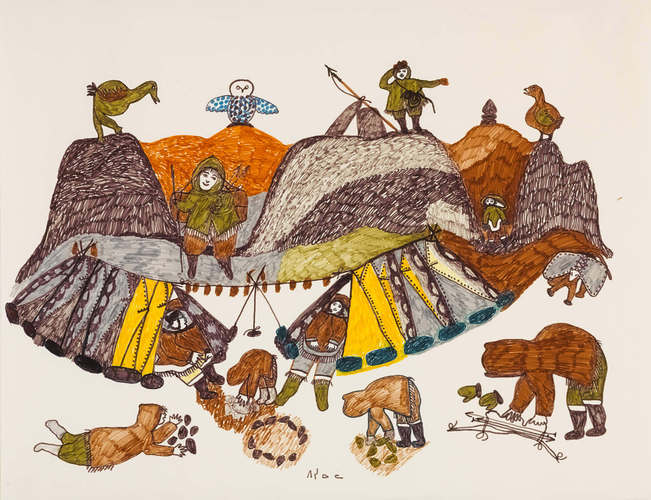
Coloured felt-tip pen on paper, 50.6 x 65.4 cm, National Gallery of Canada, Ottawa
Many of Pitseolak’s drawings communicate the essence of camp life, embodying the Inuit sensibility of community and cooperation. Pitseolak was concerned not only with depicting the practical knowledge of the “old ways” but also with recording the less physically tangible values that accompanied traditional life. Remarkably Pitseolak creates this dense, full scene with a limited range of colours—browns, grey, and olive green, enlivened by touches of yellow and turquoise-blue. Though the colours have faded somewhat, they still convey the artist’s love of colour and reflect her memories of summer on the land.
This Spotlight is excerpted from Pitseolak Ashoona: Life & Work by Christine Lalonde.
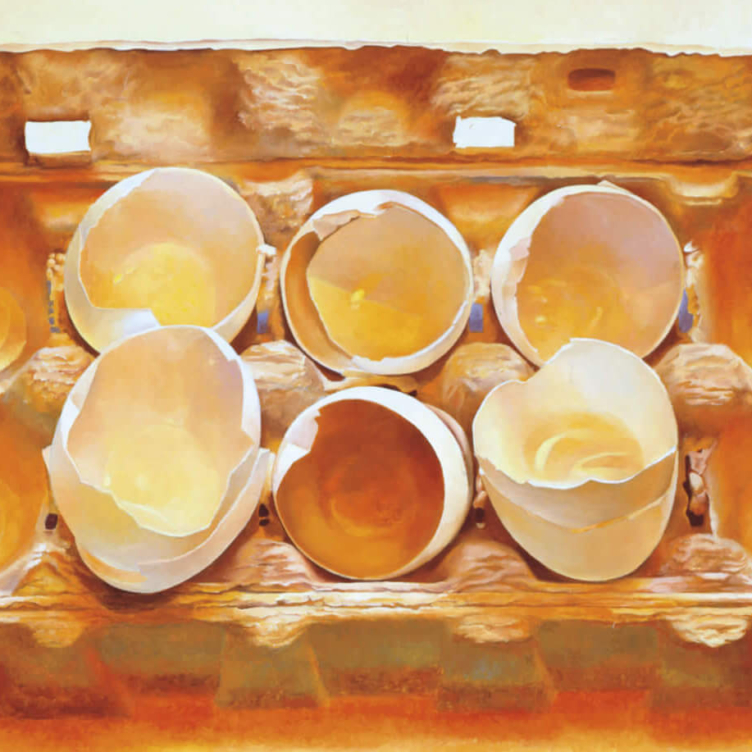 The Weight of Absence
The Weight of Absence
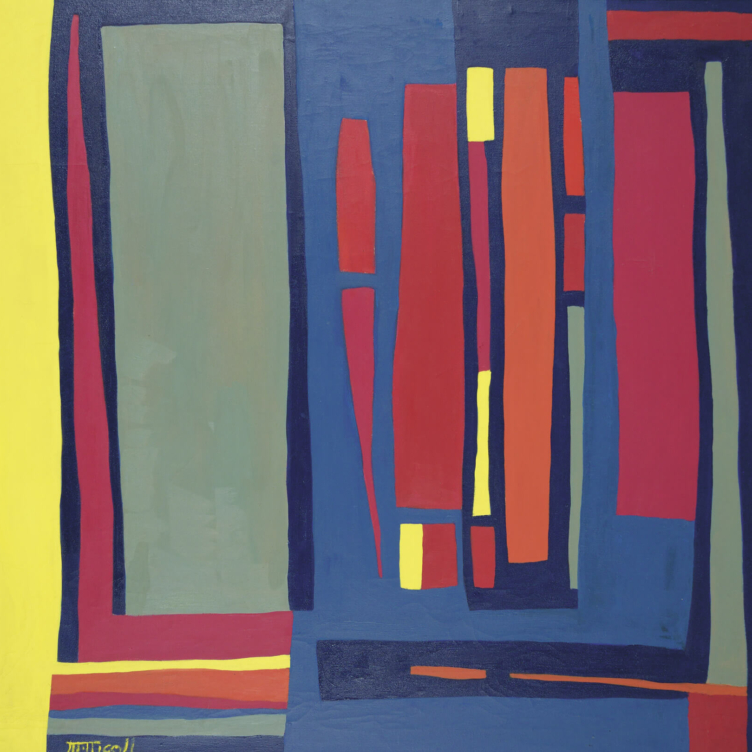 Abstract Alberta
Abstract Alberta
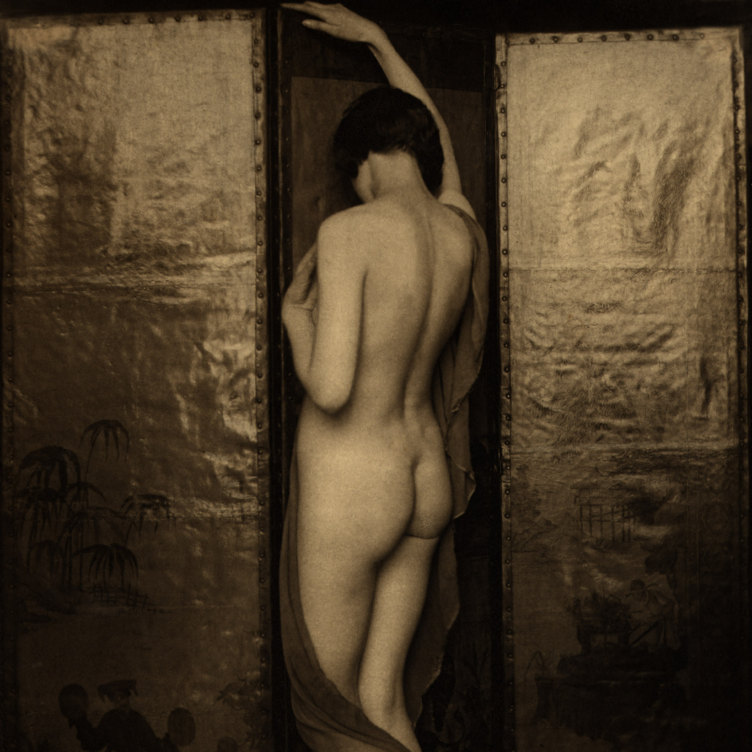 The Art of the Body
The Art of the Body
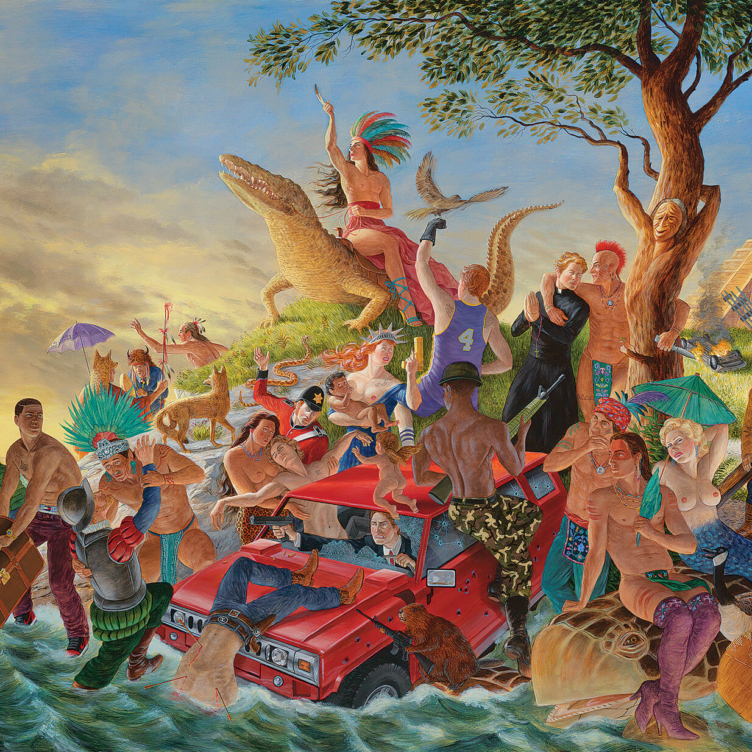 Rococo Riff
Rococo Riff
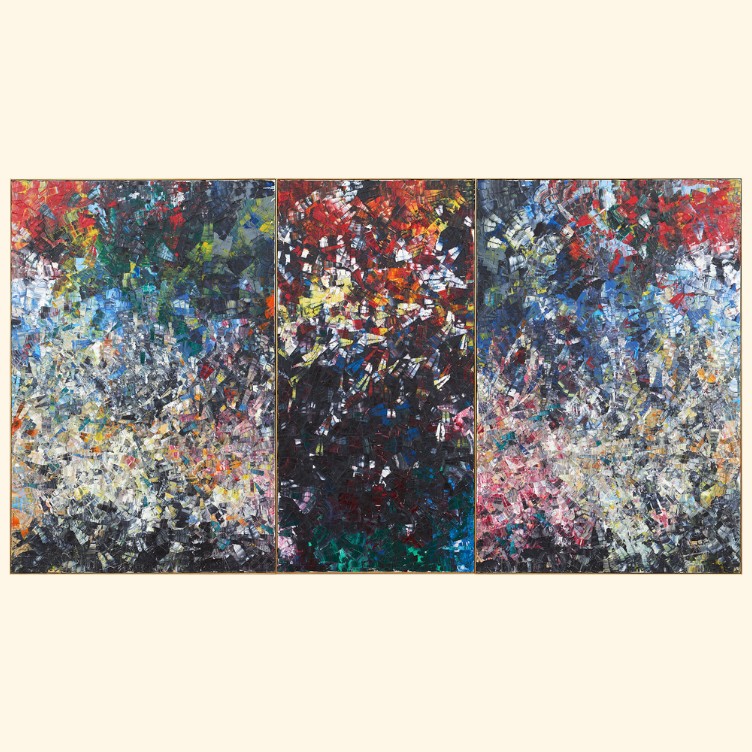 In Memory of Monet
In Memory of Monet
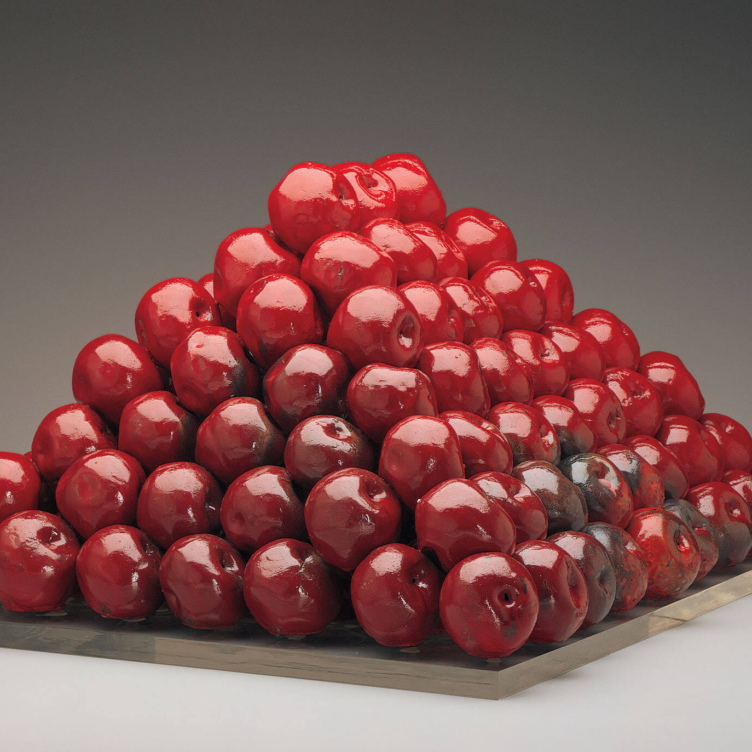 Pyramid Scheme
Pyramid Scheme
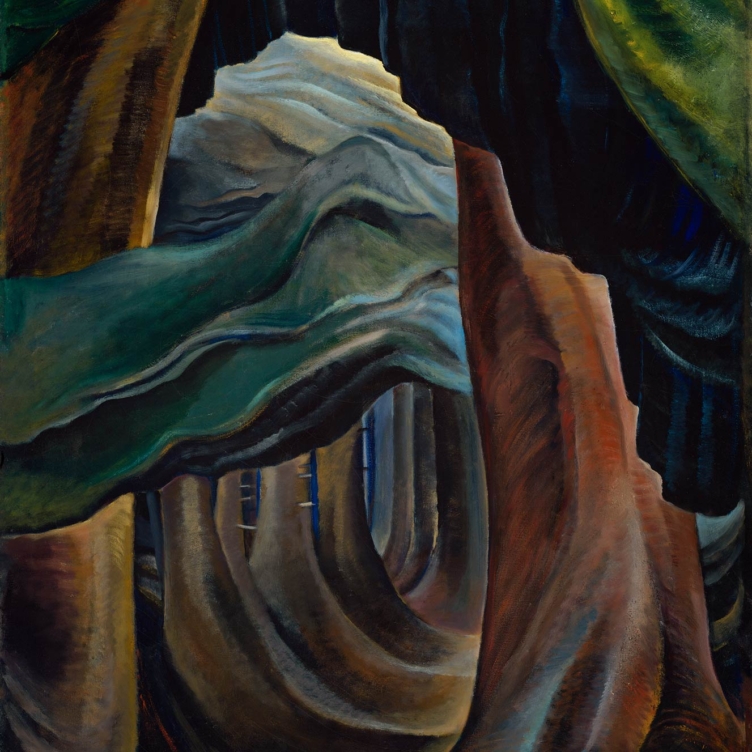 Transportive Trunks
Transportive Trunks
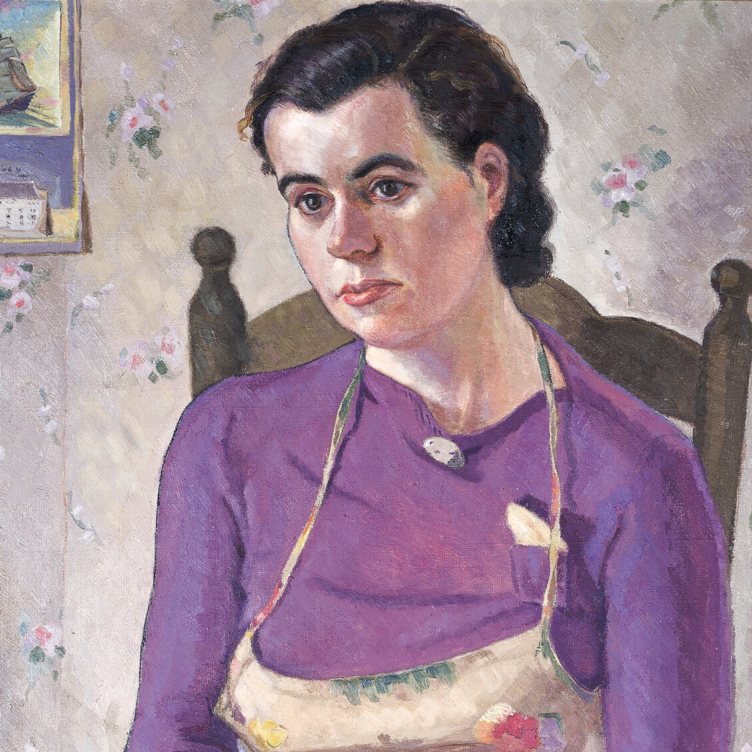 The Military Mate
The Military Mate
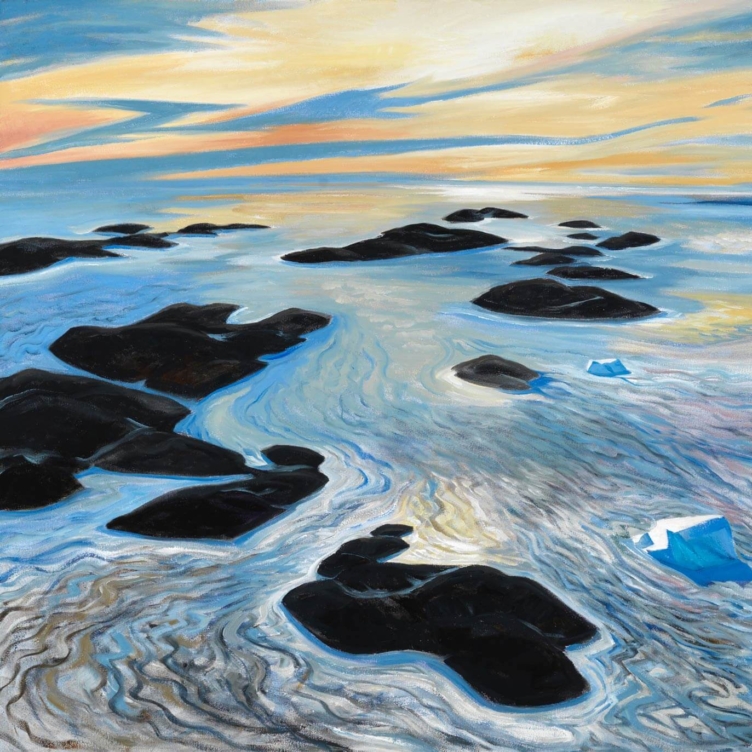 Looking Up on the World
Looking Up on the World
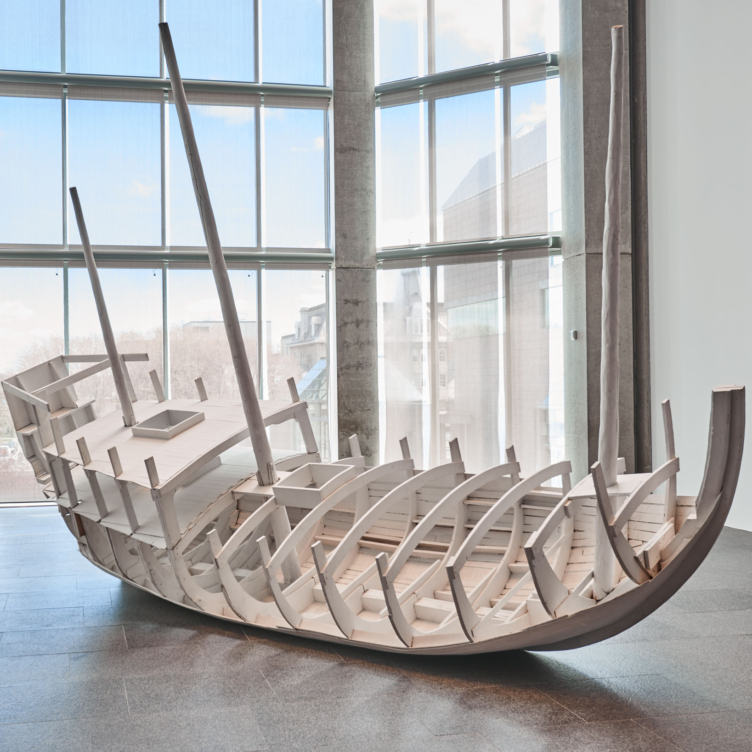 Vessel of Despair
Vessel of Despair
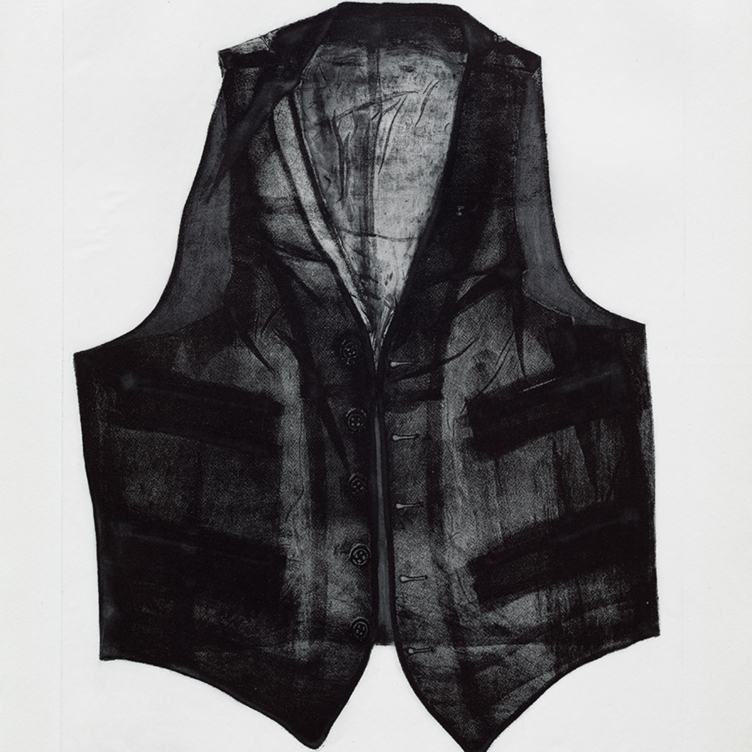 Layers of Meaning
Layers of Meaning
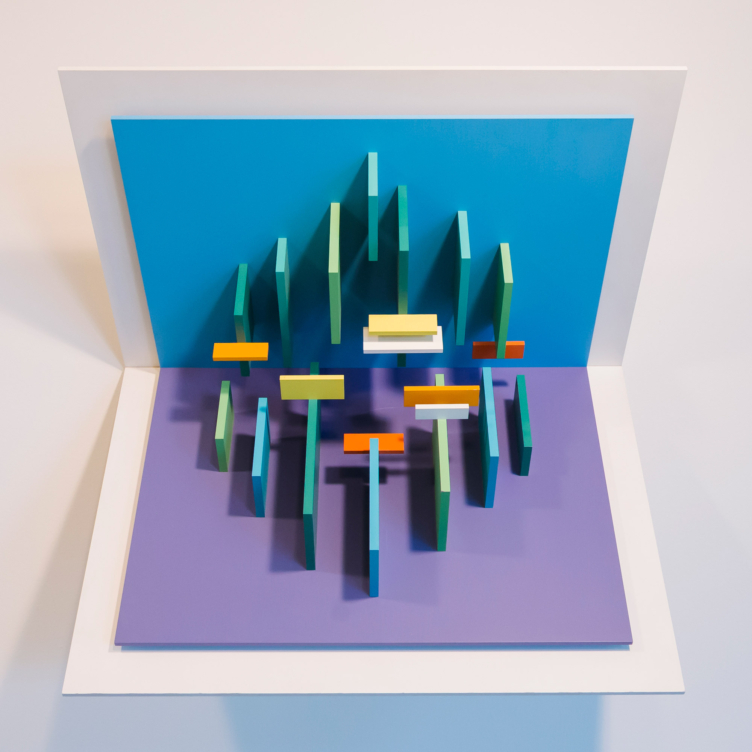 In Parallel to Nature
In Parallel to Nature
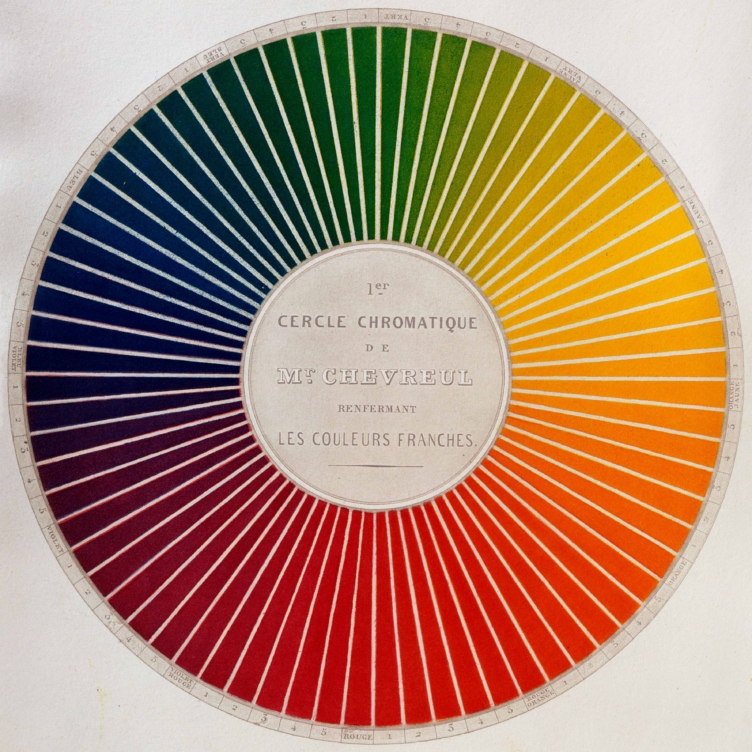 Wheel of Fortune
Wheel of Fortune
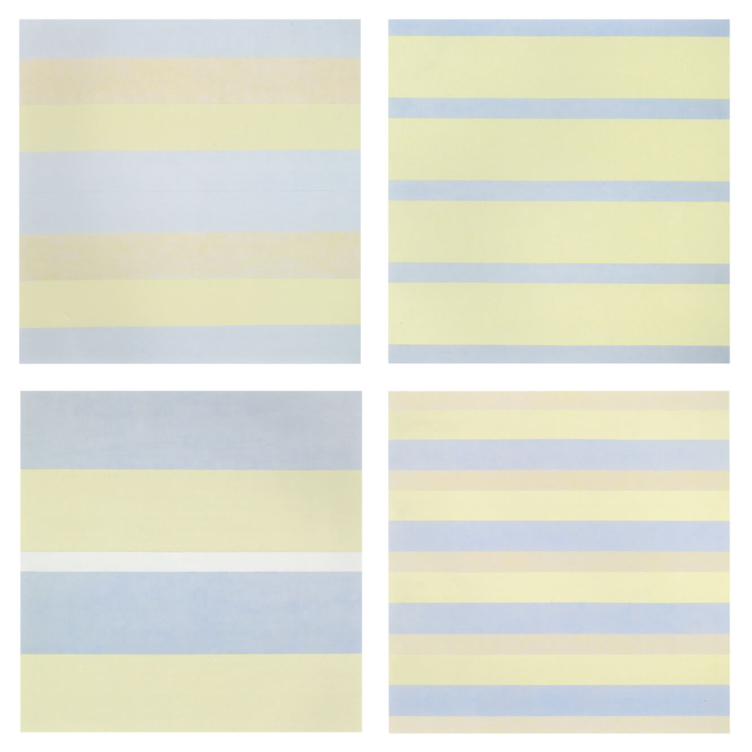 Paintings after emotional states
Paintings after emotional states
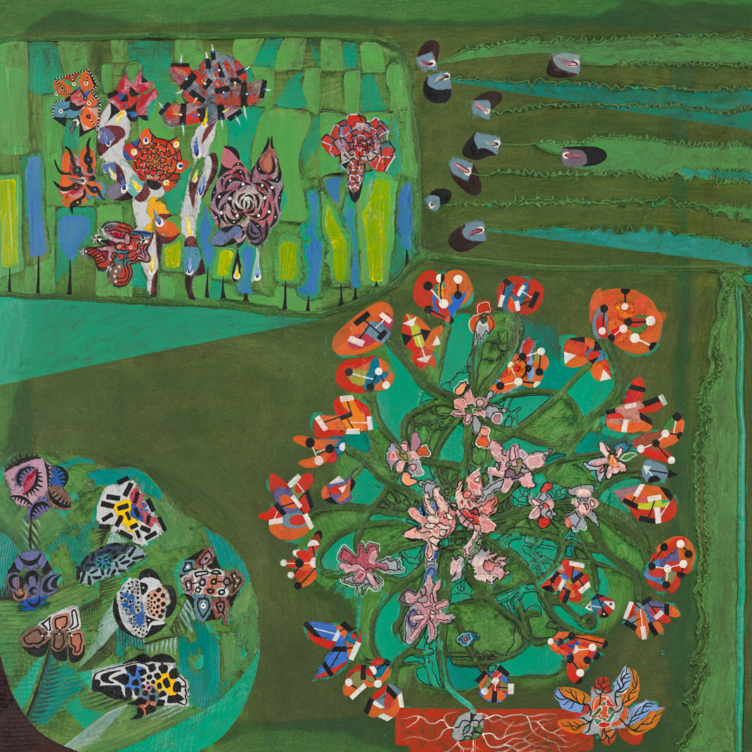 Garden of Delight
Garden of Delight
 Stitching the Archives
Stitching the Archives
 A Working-Class Hero
A Working-Class Hero
 Imagining Entangled Futures
Imagining Entangled Futures
 Bridging Far and Near
Bridging Far and Near
 Soft Power
Soft Power